From the time we comprehend the crux of our architectural studies, designing for our local communities and uplifting their well-being becomes the core of our practice. As our perception of public spaces – places of religious importance and community spaces alter, we begin to identify a plethora of opportunities to remodel them into living, breathing, active spaces for interaction and engagement that better reflect the multicultural history of a diverse civilization.
Most religious premises in our country have undergone massive restructuring to provide a better user experience for the devotee community. This recent development also serves as a model for the future planning of such community-driven places.
After understanding how architecture creates an impact on an individual as well as on an entire community, It’s pivotal how the identity of the local communities is preserved and showcased through the architecture built around them. And as designers, how our interventions come forth and aid in rebuilding the communities and the city’s identity. Here are four examples of different kinds that help us understand how architectural and urban design interventions help the local communities –
The Redevelopment of the Ganga Ghats
The Ghats and crematoriums on the bank of the river Ganga are now undergoing redevelopment as a sustainable and eco-friendly interface between the river and the local communities inside the city of Varanasi. Morphogenesis, a Delhi-based firm, has proposed this project to rehabilitate and develop the ghats and crematoriums along a 210-kilometre stretch of the river Ganges. Their urban intervention attempts to provide spaces for community building, public engagement and turning the city inside out to facilitate riverside civic spaces for the diverse communities visiting these ghats.
Their efforts target the issues of lack of cleanliness, pollution, silt deposits, encroachments, deterioration of hardscape, unorganized wood stocks and funeral activities, missing streetscape elements and dilapidated building facades. The steps proposed to counter these are cleaning the steps, restoring hardscapes and built forms around the area, organizing informal and formal activities, and making provisions for streetscape elements such as street furniture, lighting and shade. While rebuilding the surroundings of the ghat for the local communities, the proposal also includes a culturally contextual solution to identify the Hindu traditions of the community by studying the ritualistic cycle of: “where people will gather, where they will wait, where they will be mourning, where there will be a celebration.” The proposal aims to add to the ghat’s traditional religious function by envisioning them as important urban spaces for dialogues between the diverse communities visiting these ghats throughout the year and diffusion of knowledge.
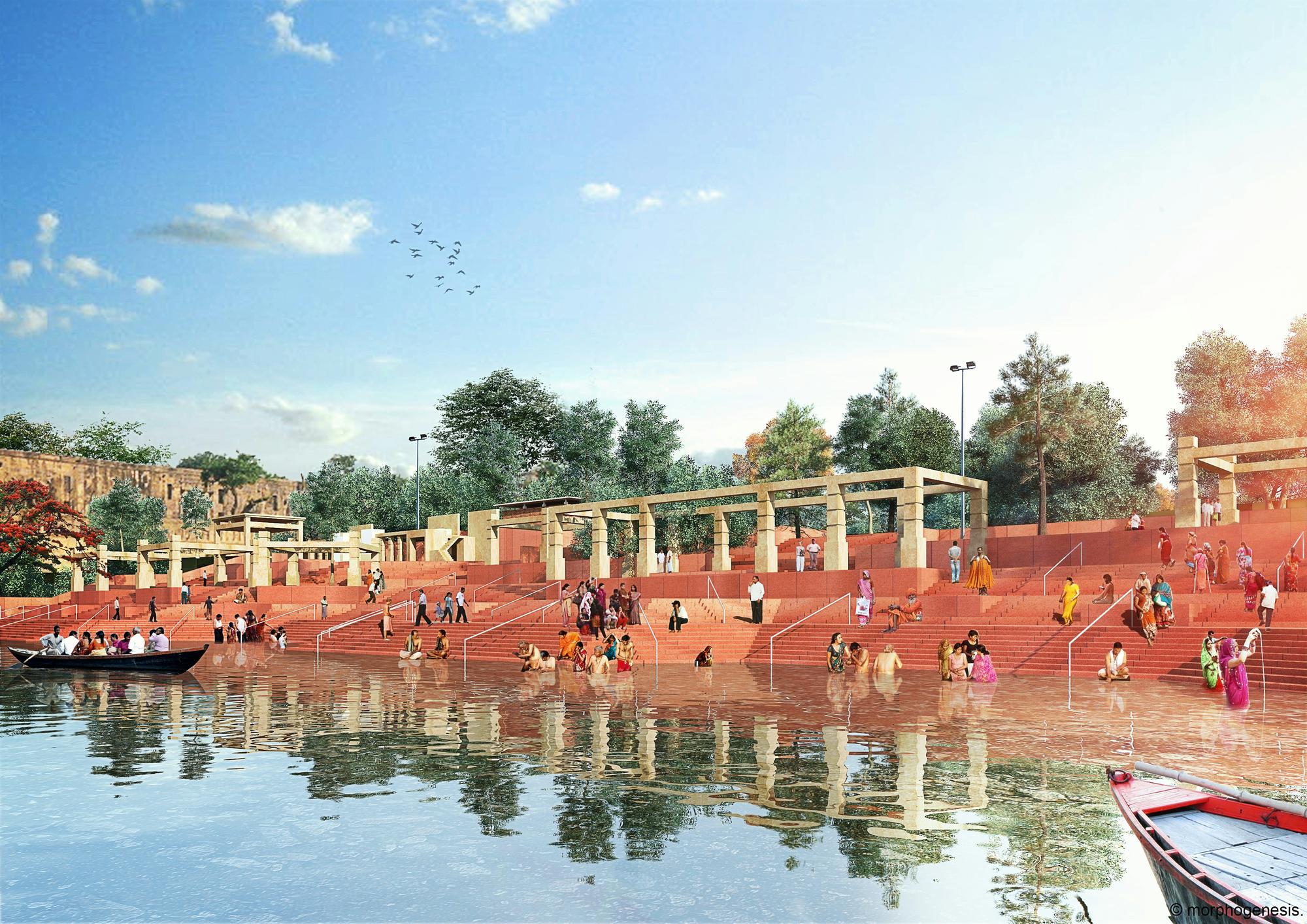
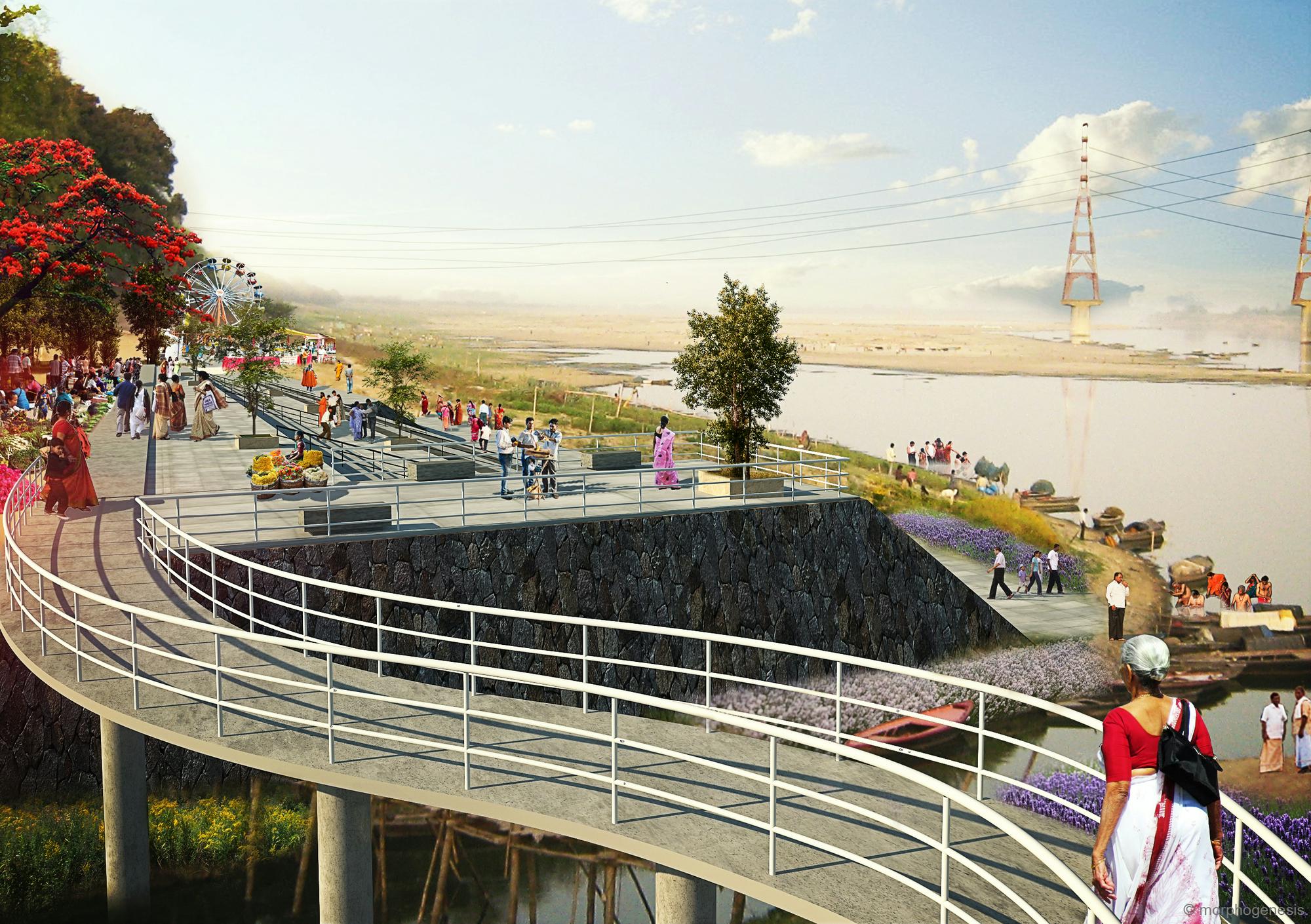
The Sabarmati Riverfront Project
Another riverfront of importance in our country is the Sabarmati Riverfront Project. This project aims to create thriving public community spaces throughout the riverfront by providing people-centric amenities like parks, riverside promenades, and cultural and recreational zones for people. It facilitates a sustainable environment for all kinds and further improves the quality of interaction between diverse communities. This project helped redefine the identity of the state of Ahmedabad around the river and has positively transformed the neglected areas surrounding the riverfront.
This illustrious project serves as an urban model for developing the many riverfronts in our country. And help the communities habituated on the banks of these rivers by elevating their well-being and creating a thriving, sustainable environment around them.
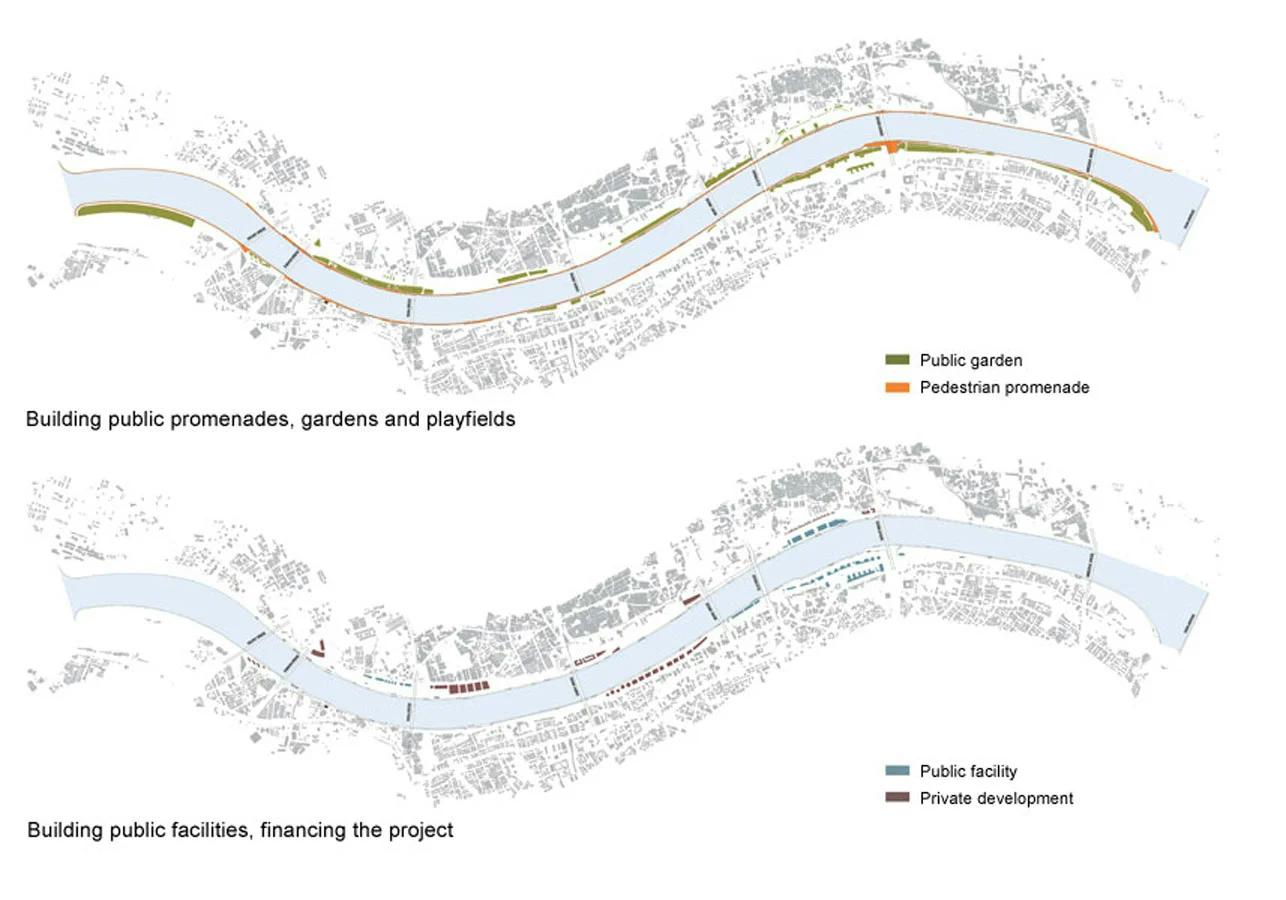
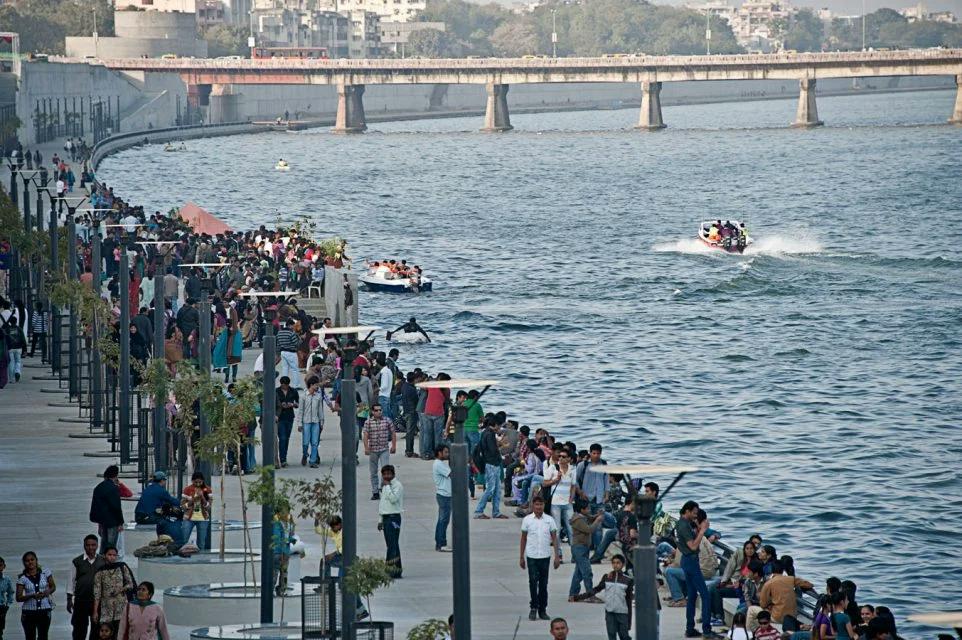
The Bihar Museum
The Bihar Museum project plays an influential role in restructuring the lost cultural identity of the state of Bihar. Since its inception, the museum has become a vibrant cultural hub and an attractive tourist destination, and it also evokes a sense of belonging to the Bihari community. The project facilitates an inspiring learning environment for the children and youth of Bihar. Encourages them to learn about their rich cultural heritage and various arts and crafts of their community.
The Bihar Museum questions the traditional built forms of the current museums in India and how they are mostly viewed as intimidating and inaccessible colonial structures by the diverse socio-economic communities of the country. These museums do not allow room for dialogue between the museum and the audiences and are largely undemocratic spaces. Many communities do not find any representation inside these structures. The Bihar Museum has tried to rethink the spatial configuration of museums to allow for more physical and emotional dialogue between the people and the exhibits. Through its various galleries, the museum has also tried to revive the tribal linguistics, arts, crafts and performing arts of the communities living in Bihar.
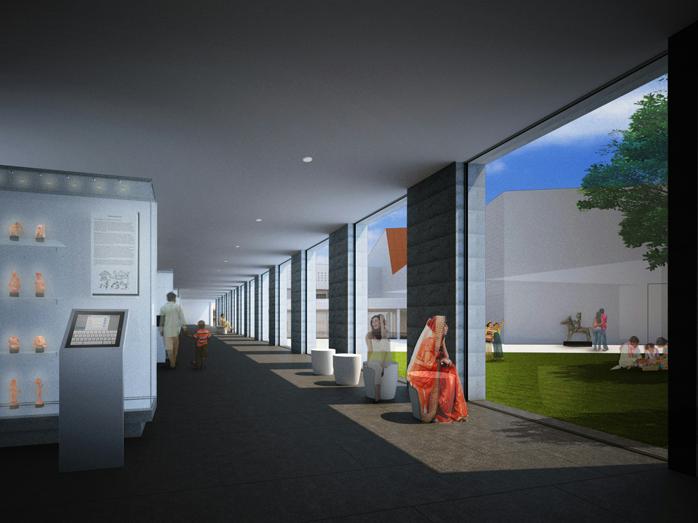
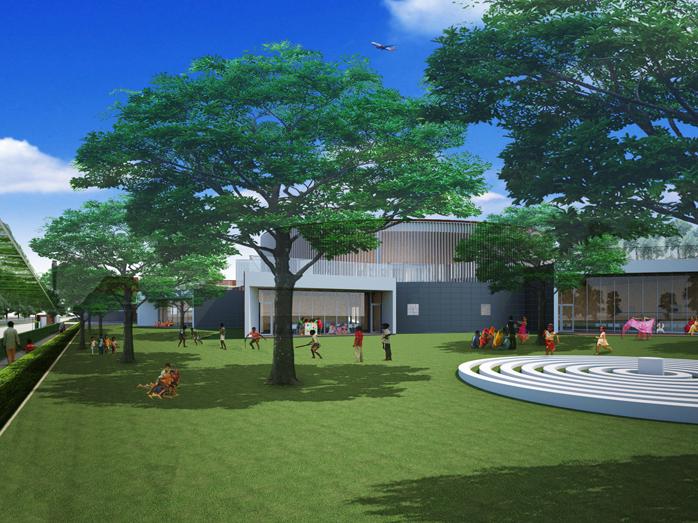
The Badami Archeological Museum
In a one of its kind museum, The Badami Archeological Museum is nestled in the pre-historic archaeological site of the Badami Caves. The museum aims to be an educational centre for the past of the Southern cultural and architectural heritage. The museum is home to varied inscriptions, sculptures and architectural members found in the archaeological site of the Badami Caves. These exhibits serve as a representation of the skilled artisans and craftsmen community from the past, helping to preserve their identities and the cultural heritage associated with their work. These exhibits offer a direct link to the past, offering insights into the techniques, aesthetics, and cultural significance of their craftsmanship.

An understanding of the architectural and design interventions applied helps us elevate our observation and analysis of the cultural representation of local communities in the built forms and environment around us. And it also encourages us to plan and design further infrastructural development keeping in mind the holistic well-being of the communities surrounding the space.


















